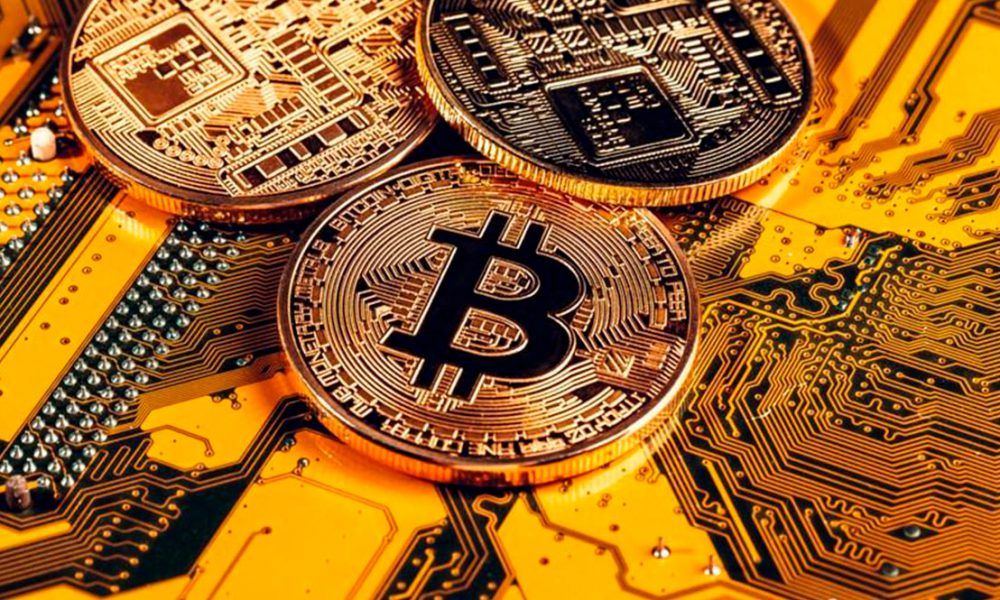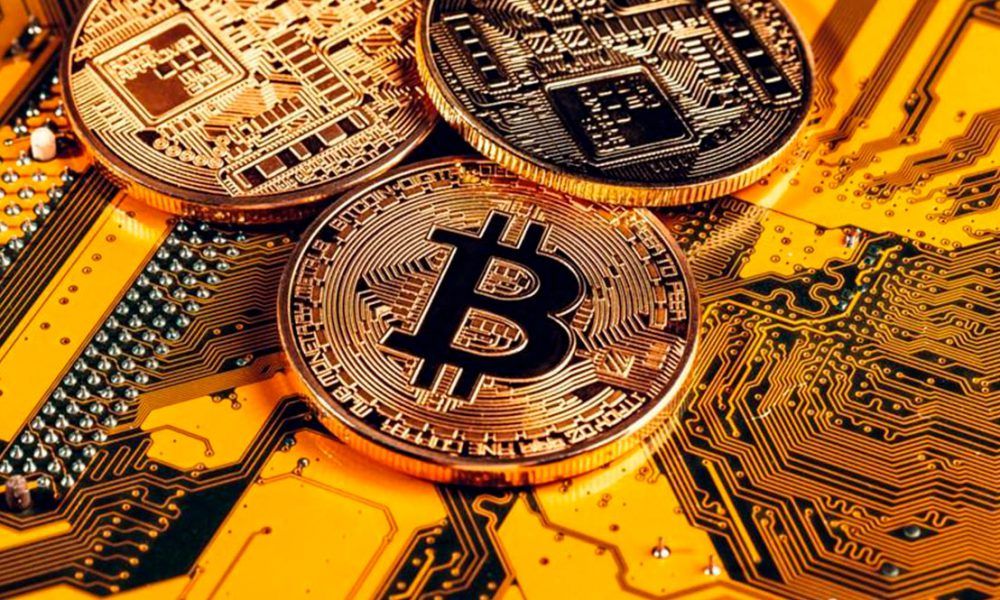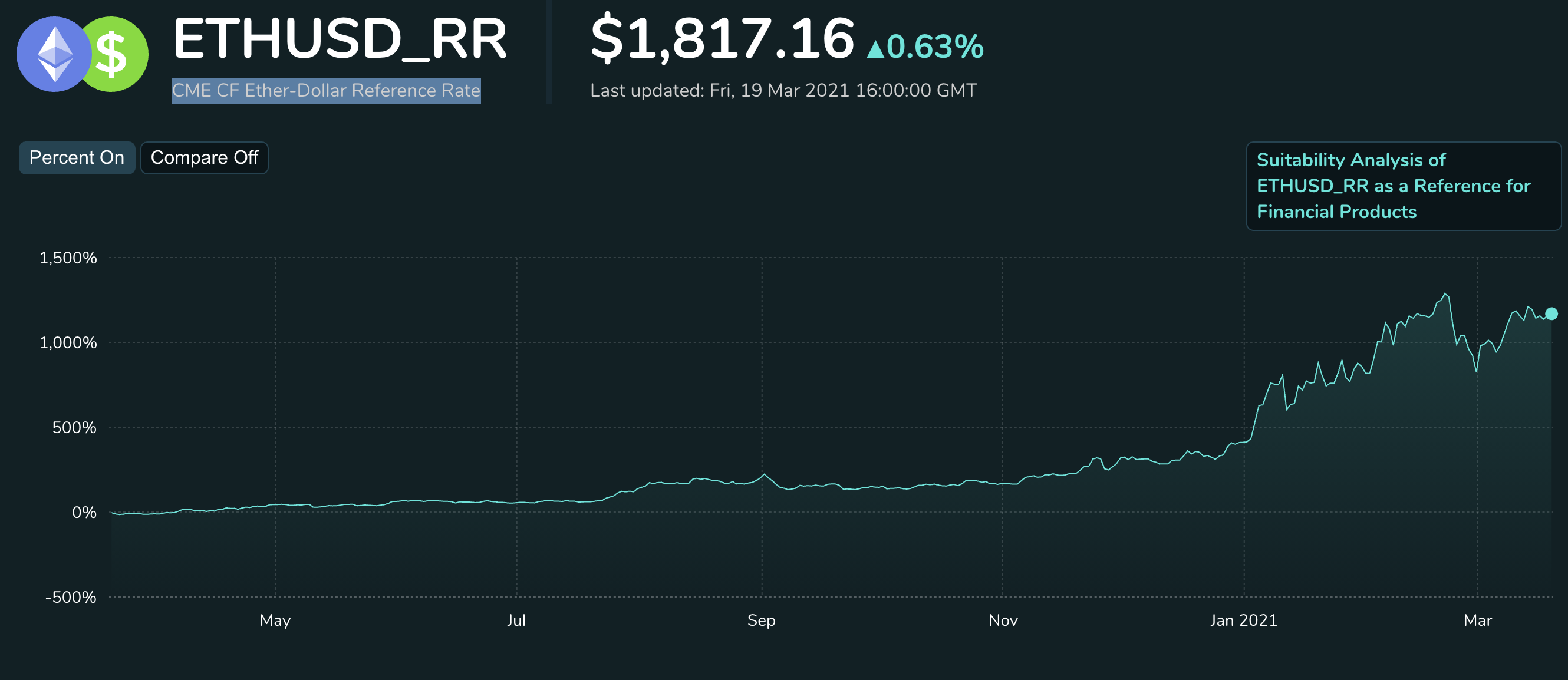CF Benchmarks Recap - Issue 24
Like Evolve’s Bitcoin ETF, trading in Canada, the Brazilian fund will track the CME CF Bitcoin Reference Rate (BRR).

-
QR launches first LatAm Bitcoin ETF, powered by BRR
-
Morgan Stanley leads U.S. banks with tentative BTC offer
-
BRR research: Efficient price discovery in the Bitcoin market
 Getting warmer
Getting warmer
Brazil scores LatAm Bitcoin ETF #1
Dissonant times continue for digital asset sceptics on Wall Street, Main Street; and now in Sao Paolo too, where Latin America’s first Bitcoin ETF was approved by Brazil’s Securities and Exchange Commission. QR Asset Management’s fund will list on the country’s main exchange, B3, reportedly in June, under the ticker QBTC11. QR AM, asset management arm of blockchain and digital asset investment group QR Capital with $77m in assets under management, thereby unifies both halves of the Americas as the first continent where Bitcoin investments are possible within the convenient and highly regulated structure of an ETF. Like Evolve’s Bitcoin ETF, trading in Canada, the Brazilian fund will track the CME CF Bitcoin Reference Rate (BRR). The new fund adds further liquidity - and consequently, credibility - to the same instrument to which CME’s Bitcoin Futures settle. Underscoring the representativeness of BRR Constituent Exchanges, the latest in-depth quantitative research citing the BRR was highlighted this week by fund management group Wilshire Phoenix. Wilshire’s researchers concluded, among other things, that Constituent Exchanges represent a ‘Market of significant size’, echoing a key contention of the SEC in its statement that followed the rejection of Wilshire’s ETF application last year. (More about their research paper “Efficient Price Discovery in the Bitcoin Markets”, further in.) The train of ETF applications lined up at the door of the last remaining major regulatory holdout in the Americas is indicative of a groundswell of demand playing out in numerous ways. Not least Bitcoin’s latest all-time high on the $60k handle. At around $59,440 on Friday, the definitive Bitcoin Real Time Index holds slightly off its peak of $61,750.98, on 13th March at 20.42 UTC. The adoption story continues below.
M Stanley lays out BTC offer, GS pivots on ‘demand’
Morgan Stanley will be the first major U.S. bank to offer clients access to cryptocurrencies, and it’s also going the fund route. Citing a need for “an aggressive risk tolerance”, the offer will be for high-net-worth clients only. These will be directed to up to three recommended funds, two managed by Galaxy Digital, and another jointly by custodian NYDIG and FS Investments. Goldman Sachs also reflected the bulge bracket’s slow turning circle by acknowledging rising “client demand”, to quote COO John Waldron. This follows GS’s recent unshuttering of crypto trading, less than a year after a high-profile report from the group’s wealth strategists concluded that cryptocurrencies were not an asset class. Now, the bank is awaiting the outcome of an information request to the SEC on crypto custody, whilst also reportedly exploring its own ETF.
BofA DeFi-curious as young Americans wade in
The most conflicted-sounding large U.S. lender was Bank of America, which struck a balance of “intrigue” about DeFi, whilst seeing “no good reason to own BTC unless you see prices going up”. Regardless, some of the proceeds from U.S. President Joe Biden’s $1.9T stimulus package are expected to trickle down into crypto purchases by individuals, particularly among the young, according to a Yahoo-Finance-Harris poll. Further afield and down the line a better calibration of U.S. crypto appetite may be available from the two exchange listings forming up ahead; Coinbase’s first, with a valuation that may now stand at $100bn, with Kraken’s tentatively pencilled in for 2022.
The Returns: CME CF Ether-Dollar Reference Rate
At 791.7%, it’s difficult to append the word ‘normal’ to the Bitcoin Reference Rate’s (BRR) 1-year return. Yet it’s worth noting that the counterpart benchmark for Ether, Ether-Dollar Reference Rate (ETHUSD_RR) has outperformed even that, with a 1,172.43% return. This is suggestive of the next likely tipping point for crypto adoption.
Featured benchmarks: CME CF Bitcoin Reference Rate
‘Efficient Price Discovery in the Bitcoin Markets’
We are grateful to Wilshire Phoenix for permission to republish an extract of the firm’s recent paper examining CME Bitcoin Futures, the Bitcoin Reference Rate to which the contracts settle to, and evidence of superior price discovery engendered by CME Bitcoin Futures
Introduction
- The findings of Wilshire Phoenix (hereinafter, “we” or “our”) indicate that CME Bitcoin Futures contribute more to price discovery than its related spot markets
- Our analysis was performed using similar methodology previously employed by the SEC’s Division of Economic and Risk Analysis to evaluate price formation
- CME Bitcoin Futures have grown to become significant, this is not only demonstrated through trading volume and open interest, but also by influence on spot price formation
- A leading futures market suggests the existence of a robust base of traders who may trade on such market for many reasons such as trust in the exchange venue and lower latency
- Studies on price formation between the spot and futures markets in other asset classes often find that the futures markets lead
Price discovery is a hotly contested topic amongst trading venues and participants on multiple sides of primary markets as well as policy makers and regulators. The concept even merits explanation on the CFTC agency website where it states that price discovery is “the process of determining the price level for a commodity through the interaction of buyers and sellers and based on supply and demand conditions.”1 Effective price discovery facilitates best execution, the fulfilment of fiduciary responsibilities and the practicalities of pricing IPOs and secondary offerings.
Efficient prices also form the bedrock underpinning the $448.97 trillion interest-rate derivatives and $6.87 trillion equity-linked derivatives industry (which includes exchange-traded products). 3 Obstacles to price discovery can increase trading costs, lead to sudden volatility, and diminish the efficient functioning of the global capital markets.
Given that price discovery in the traditional markets remains a contested topic, it is no surprise that the debate regarding the same in the bitcoin markets is that much more unsettled. 4 Therefore, this paper seeks to evaluate the bitcoin price discovery process using proven, respected, and recognized academic methods that have been utilized for many other tradeable commodities and financial instruments over the past several decades.
Continue reading the paper or download a copy of it from here.
The information contained within is for educational and informational purposes ONLY. It is not intended nor should it be considered an invitation or inducement to buy or sell any of the underlying instruments cited including but not limited to cryptoassets, financial instruments or any instruments that reference any index provided by CF Benchmarks Ltd. This communication is not intended to persuade or incite you to buy or sell security or securities noted within. Any commentary provided is the opinion of the author and should not be considered a personalised recommendation. Please contact your financial adviser or professional before making an investment decision.
